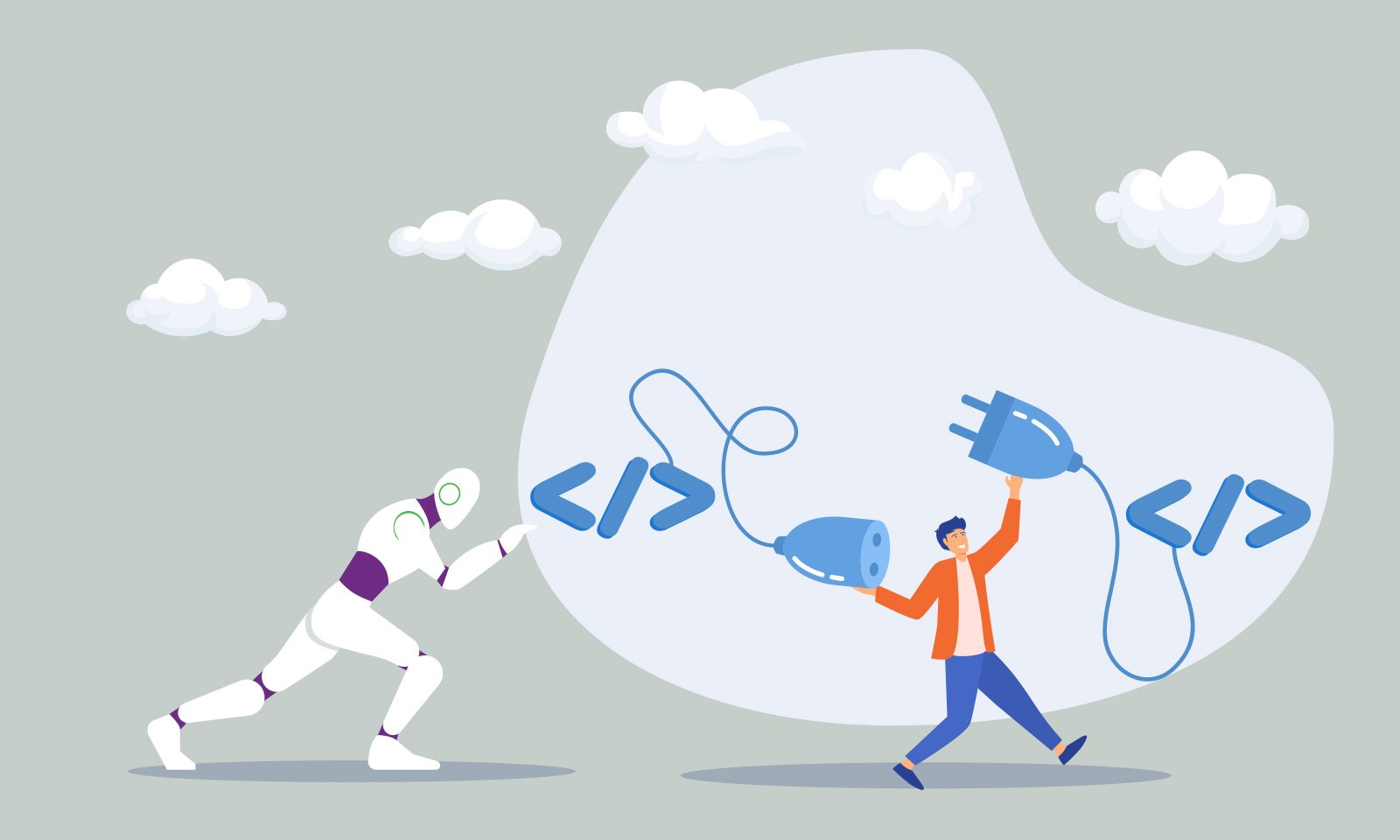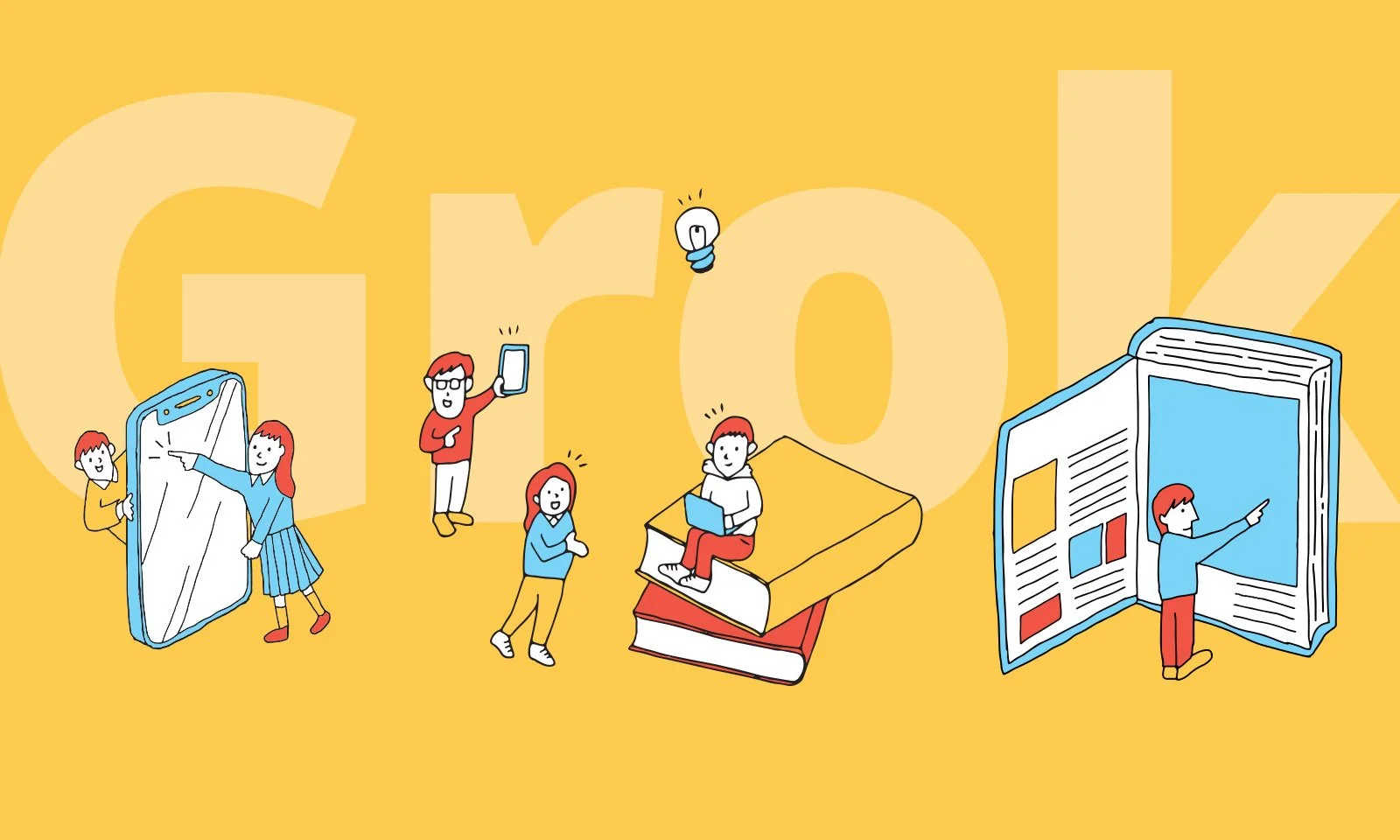THE VALUE & PRICING BLOG | Latest Insights & Pricing News from Ibbaka
Customer Value Management in 2025
The year of the wood snake, 2025, is to be a time of transformation, wisdom, and renewal. This is especially true of customer value management (CVM) which is becoming a strategic way to introduce new products and technology (like AI) and to sustain that revenue over time. Value to Customer (V2C) is the key metric in CVM and is a compelling way to organize operations.
Why pricing is part of customer value management
Customer Value Management (CVM) is a rapidly growing category of B2B software. These platforms are used to measure the value being delivered to a customer (Value to Customer or V2C) and manage value communication, delivery and documentation. Pricing is integral to value management as customer see value in relation to price and price in the context of value.
Will agents replace integrations?
Agentic technology or AI agents are one of the emerging themes for 2025. What functions can be packaged as agents? How will agents be priced? Integrations are a useful case study. Agentic AI approaches to integration offer more value than automation and will likely take over the highest value applications.
TCO or ROI or Value - Which Can Justify SaaS?
Total Cost of Ownership (TCO), Return on Investment (ROI) and Value are ll used in price setting an justification. How are these related? Which approach works best? A value model is at the heart of a successful value program and critical to managing churn.
Costs do not justify SaaS price increases - value does
SaaStr recently had a series of interesting posts on pricing. One of them tells the story of a new CRO justifying price increases because of higher costs. Is this ever a good move for a SaaS company?
PeakSpan Master Class: Optimize Pricing & Packaging to Minimize Churn led by Karen Chiang & Steven Forth
Churn sucks the life out of SaaS business models. In this PeakSpan Masterclass Karen Chiang and Steven Forth will diagnose the root causes of churn and how to use packaging and pricing to reduce churn and improve Gross Revenue Retention (GRR).
Unleashing the power of understanding in value and pricing
In the dynamic world of customer value and pricing, finding the right words to capture complex concepts can be a challenge. The term “grok” and why we implemented this to our LinkedIn newsletter - explore the origins of this intriguing term and why it resonates with our mission to unlock the true power of understanding in value and pricing.
Price and Customer Value Management for Customer Success
One of the most crucial roles in a subscription business is customer success. Communication of the value offer to the customer and ensuring that the value promised to the client is fulfilled are the responsibilities of customer success. Healthy renewal rates, increased Customer Lifetime Value (LTV), and more success with up-sell and cross-sell opportunities are all ensured by consistent value communication and measurement of value supplied to the customer.
Why do they sell used books by weight (and what that implies for pricing data)
In the book trade, old books are often bought by weight. This seems odd, but it makes sense if you use a mining metaphor. There are lessons here for data pricing or in any case where one knows there is value somewhere but one has to do a lot of processing to find it.
Unbundling value to align packages with customer segments
Pricing design work often needs to include an unbundling phase. The current offer gets broken down into its key parts so that the contribution of each aspect to value can be understood. These function to value mappings are then connected to a value-based market segmentation in order to repackage offers so that they can be priced.
Value Innovation and Pricing - Vancouver - A new Meetup Group
Meaningful innovation is a community effort. As a contribution to the Vancouver innovation community Ibbaka is sponsoring a new meetup on value innovation and pricing. We will meet about four times a year in Vancouver and may have meetups in Victoria and Kelowna as well.
Why most B2B market segmentations are not meaningful
We see a lot of b2b market segmentation in our work. Often these are the weakest part of the marketing plan. Many segmentation is typically limited to firmographic data and in some cases are simply a list of industry verticals. They are meant to find a market that fits the offer. Instead, we should segment based on emotional and economic value creation to build an offer that fits a market.
Why does emotional value matter in B2B?
While appealing to emotions may seem intuitive within the B2C environment, there are often questions around whether emotional value creation really matters within the B2B environment. That is, is there room for emotions if it is “just business”?
What shapes willingness to pay (WTP)?
Willingness to pay (WTP) is one of the most abused terms in pricing work. Lazy consultants use it as a proxy for value. It is not. Market researchers think of it as something to be measured. Pricing strategists look for ways to shape WTP through marketing segmentation, value communication and a pricing model that connects price to value.
Are you leaving money on the table?
In the Sixth Edition of The Strategy and Tactics of Pricing, Tom Nagle and Georg Muller introduce the Value Cascade. This is a powerful framework for identifying value and pricing leaks. Use it to ask yourself hard questions about how you create, communicate and capture value.
Key business questions for pricing excellence
Ibbaka helps you execute on value-based pricing. This is a pricing strategy where your price is based on the differentiated value you provide to your customers. The alternatives to value-based pricing are cost-plus pricing (good for contracts where the deliverables are poorly defined and controlled by the client), transactional pricing (what happens with commodities), market following pricing (if you have little pricing power) and various forms of auctions (growing in importance as M2M pricing becomes more common).
Understanding Customer Value Creation and Usage to Determine Price
Understanding how a product or service offering creates differentiated value for the customer is the foundation of value-based pricing. Prices should align with the value the customer receives, thus ensuring the seller is maximizing returns from the customers and target the customers that derive the most value from the offering. These are the customers that will be happiest and most successful, the kind of customer you want to build a business on. For pricing to be effective, it should track the value metric. This is the unit by which the product or service offering is consumed that best reflects how the customer gets value.
Why and who is Ibbaka?
The people who came together to form Ibbaka have a long working history of working together. We have built companies together, organized communities of practice and even put on a few conferences. We know how each other work and how we learn.
Introducing the LinkedIn Group on Pricing the Internet of Things
We are opening a LinkedIn Group on Pricing the Internet of Things. Why do this? There are many excellent LinkedIn groups on pricing. The Professional Pricing Society has a particularly good one and we are active on it. There is also a good group Internet of Things Strategy and Innovation. So why another LinkedIn Group?
How does Ibbaka price Ibbaka's services?
One of the best questions we are asked is 'OK, you are pricing experts, so how do you price your own services?'
A fair question and we don't answer this by giving a price. We advise our clients not to get into a price discussion until they have established value. We follow that advice ourselves!
Never miss an update
Subscribe to the Value & Pricing Newsletter to get insights that help you supercharge your growth.





















